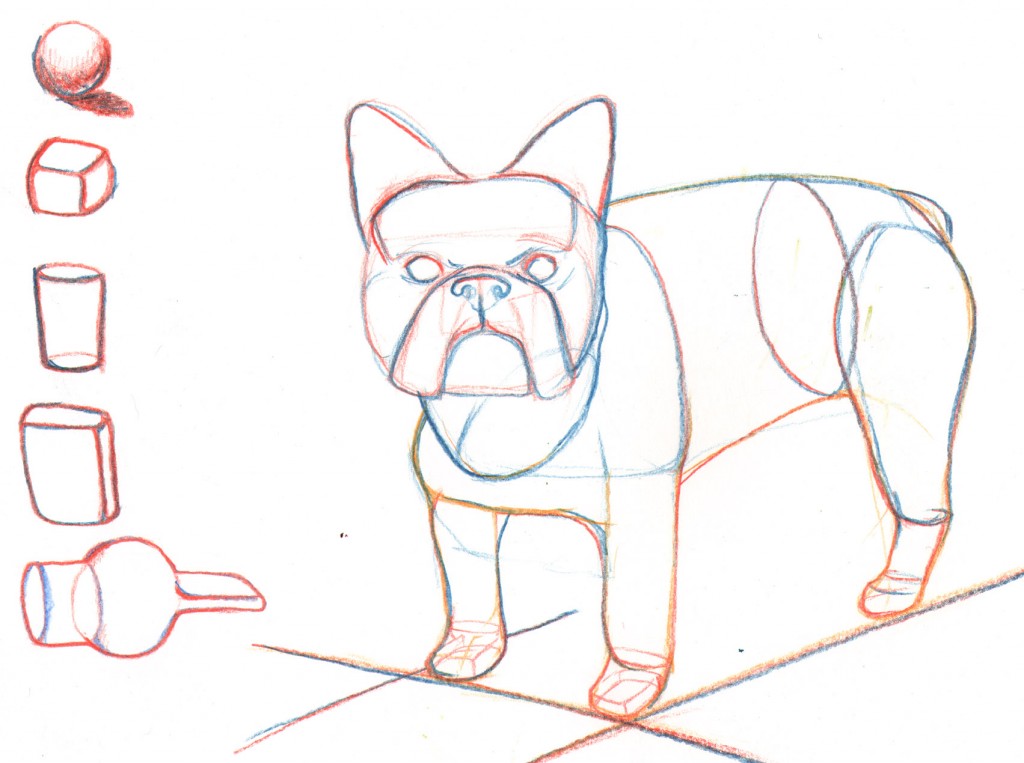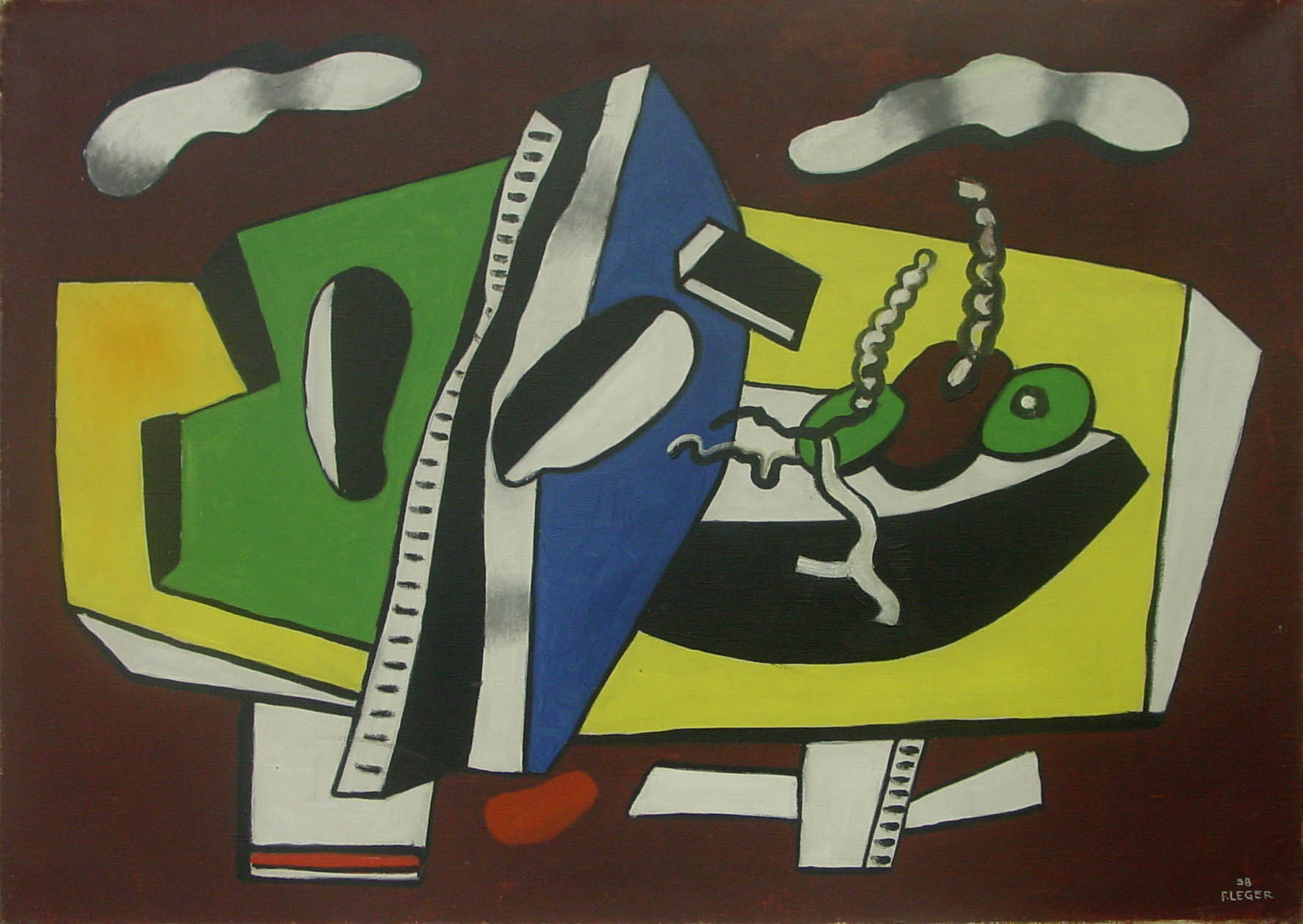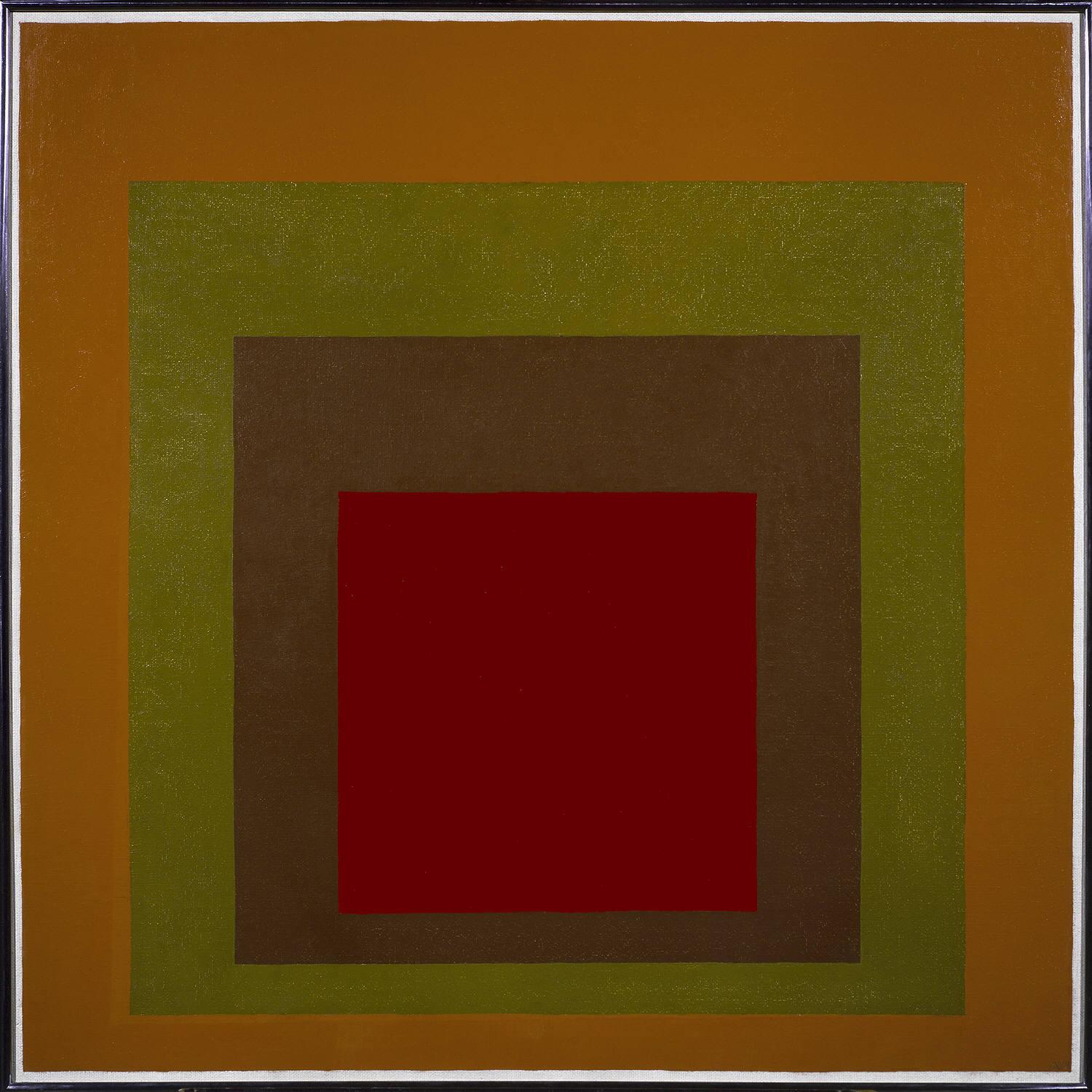Line Variation
Lesson 7
Line Variation.
Drawing #13 "Line Variation Shoe"
In these drawings you are going to be exploring line variation. It is important that the lines in your drawings have varying thicknesses. Because of its versatility and ability to make highly varied lines we will be using a brush and ink. This will make the drawing appear more lively and dynamic. Later on will start exploring how different line thicknesses can also give a drawing "weight" but for this first drawing just trust your intuition and vary the thickness of your line. Before you start the shoe drawing I want you to fill up a page full of extremely varied squiggly lines. Get used to your brush and the type of line it makes, how it responds to different pressures. Then, once you feel comfortable you are going to move onto drawing your shoe. You may feel a bit of trepidation when you start the shoe drawing
because ink is so permanent, and there's no eraser. This should only make you concentrate harder. If you screw up a line, don't worry about it. Remember the practice is the most important thing at this point and not the finished drawing. Take 5 minutes to fill up a page full of squiggly, highly varied, lines, and then another hour doing at least two shoe drawings.
Sketchbook: Drawing #14 "Line Variation Braids"
For this drawing you are going to have use you imagination. You are going to be creating an abstract drawing with form using nothing but line, and your brush. The structure of the drawing is simple. The bigger fatter lines come as all the lines converge at a certain point. You can make the shapes any way you want but just play with the thicknesses of your lines


















































